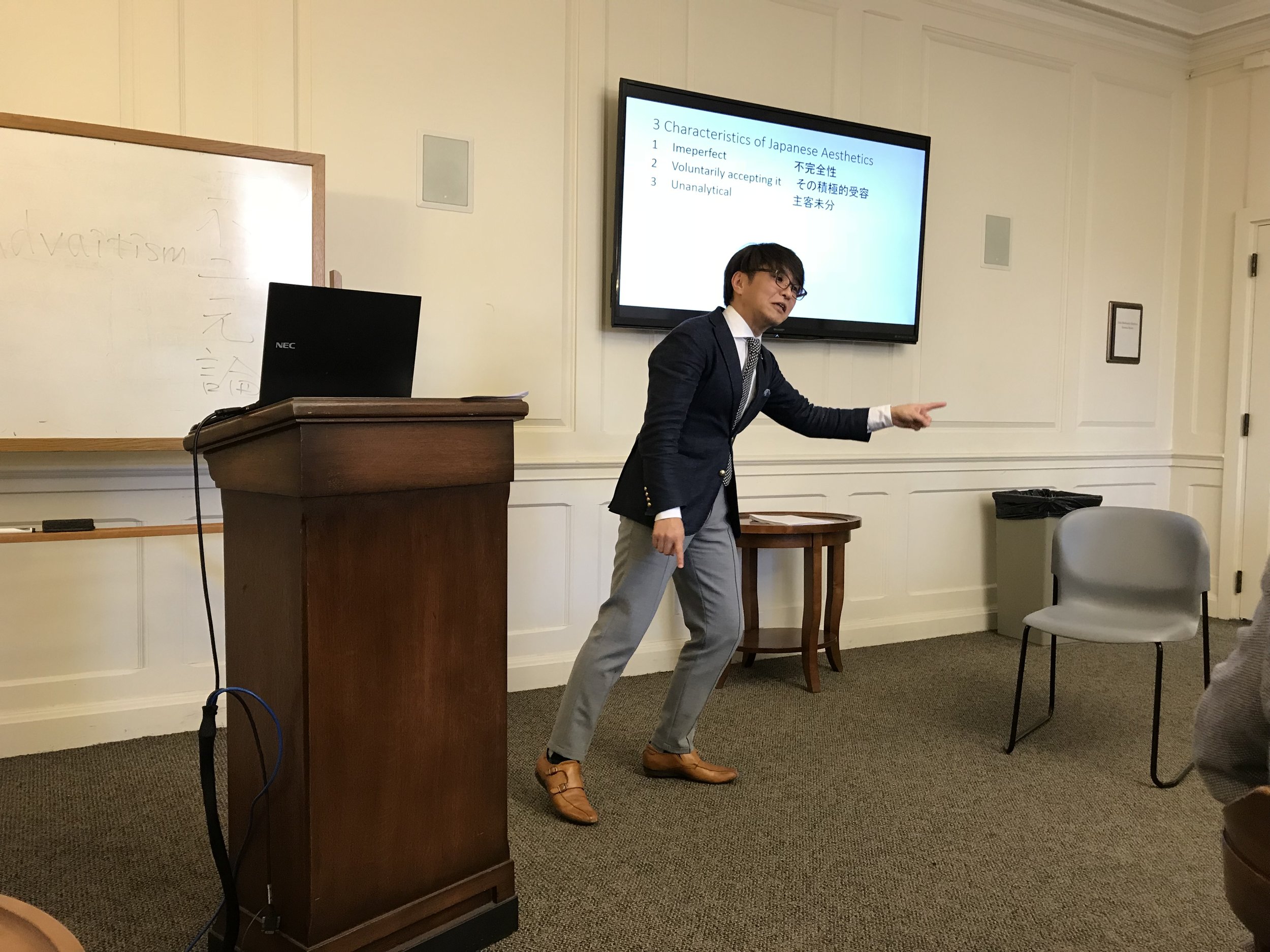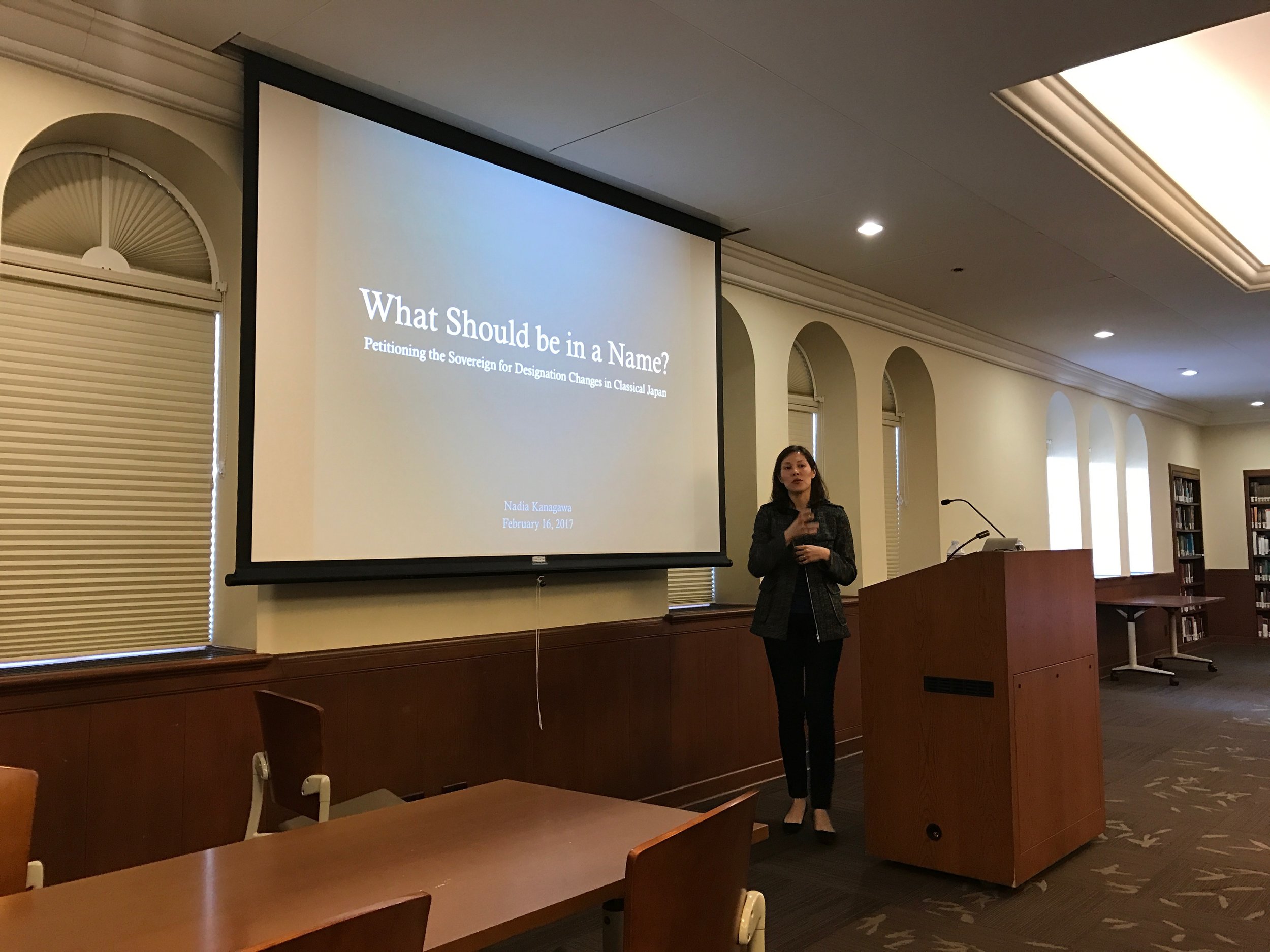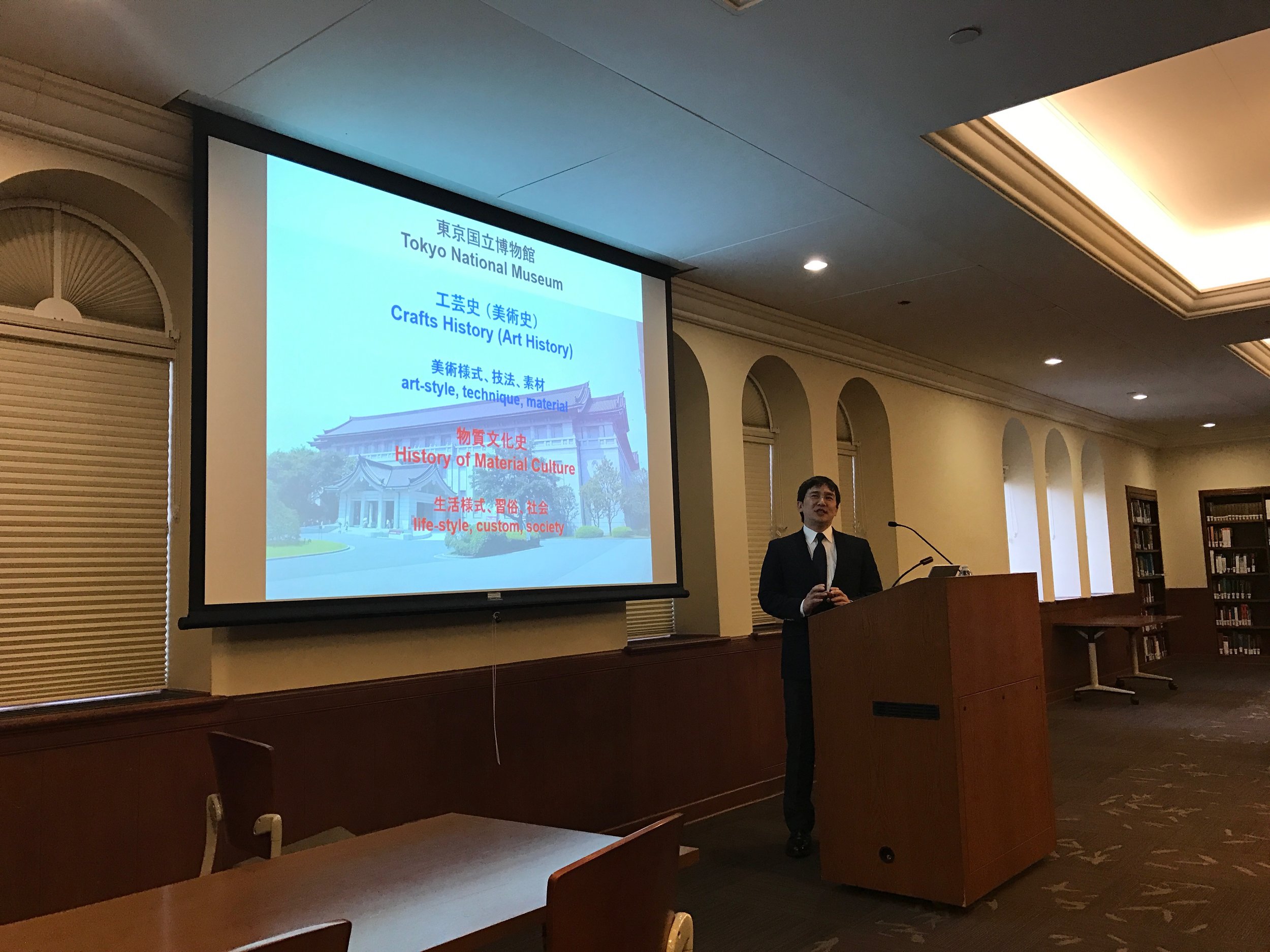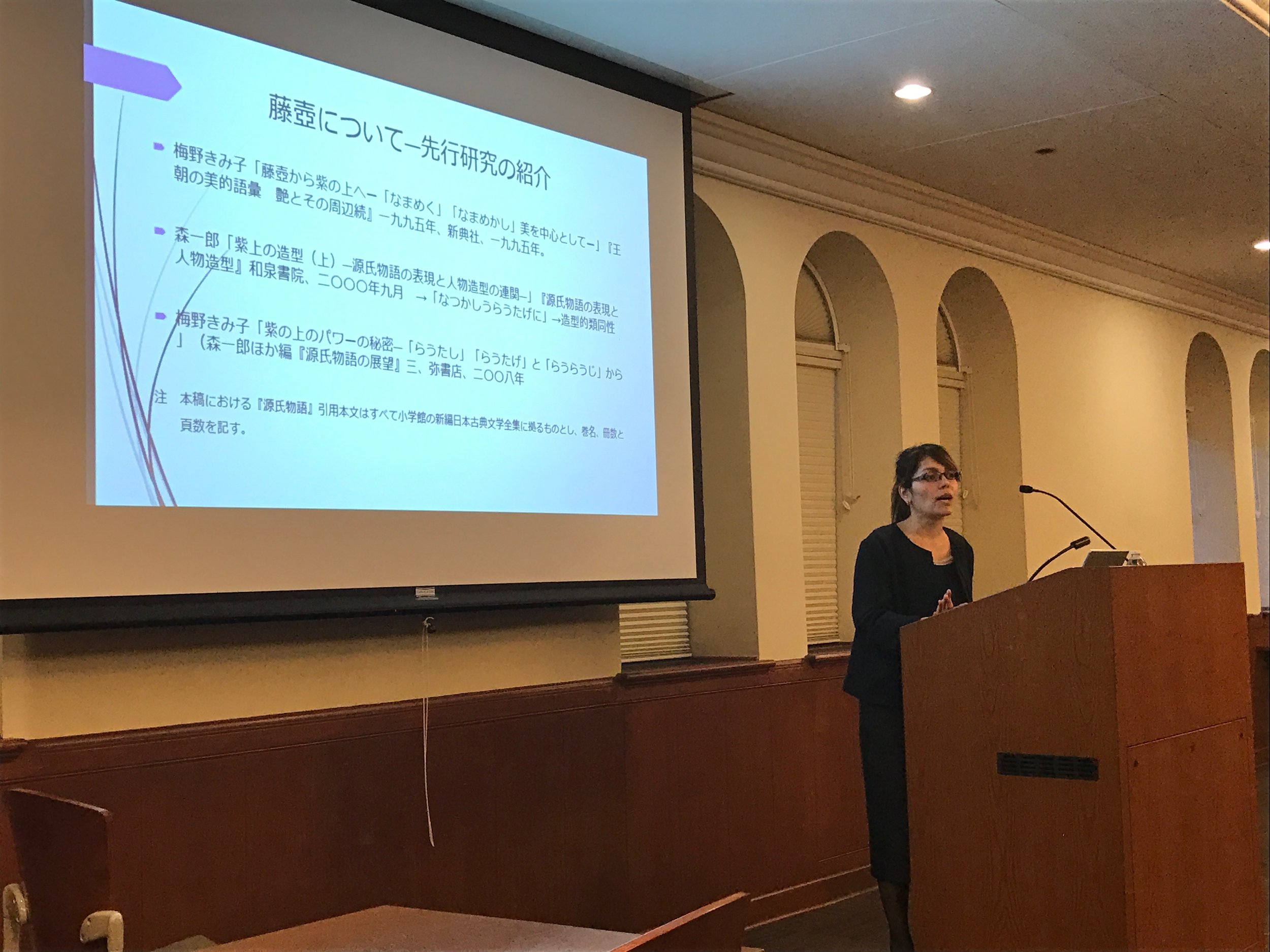Prof. Ken’ichi Sasaki, Meiji University, “Archaeological Excavation at a Seventh-century Keyhole Tomb in Southern Hitachi” 「 常陸南部における7世紀前方後円墳の発掘調査」
This paper reports major results of the archaeological excavation that I conducted at a seventh-century keyhole mounded tomb in March, 2017, in the region of southern Hitachi. This mounded tomb has been known among scholars for its burial chamber of painted red walls. My excavation resulted in the discovery of two moats enclosing the mounded tomb. While keyhole tombs enclosed by two or three moats were common in the fifth century in the Kawachi and Izumi regions where the central polity was presumably located at the time, it is extremely unusual to find such a moated tomb mound from the seventh century. In other regions of Japan, in the late sixth century after Buddhism was introduced to Japan, the construction of keyhole mounded tombs declined. In place of the tombs, Buddhist temples became symbols of authority. Indeed, the construction of the temple of Asukadera was completed in 596 in Yamato. This unusual seventh-century keyhole mounded tomb enclosed by two moats may be interpreted in two ways: information from the central polity did not reach Hitachi, on the eastern periphery, rapidly; or local elites in Hitach were so conservative that they were wedded to old customs.
筆者は、茨城県(旧常陸国)南部、霞ケ浦北岸地域で7世紀前半に築造されたと思われる全長約70mの前方後円墳、折越十日図化古墳の周濠部分を昨年3月に発掘調査した。中央の王権が所在した近畿地方中部(奈良県、大阪府など)では、6世紀後半には前方後円墳の築造が廃れ、代わりに仏教寺院の建立が豪族の権力のシンボルへと変容しつつある時期である。実際、飛鳥寺は596年に完成した。にもかかわらず、常陸南部では前方後円墳の築造が続く。特に折越十日塚古墳では、二重の周濠を伴い、特に、通常は狭いはずの外濠が内堀よりも広いという、極めてまれな特徴を見出した。常陸南部地域は、古墳に葺石を葺かず、また横穴式石室の導入も非常に遅れる。これは、文化の辺境という理由も考えられるが、同時に、在地の豪族の自律性も無視できない。




























